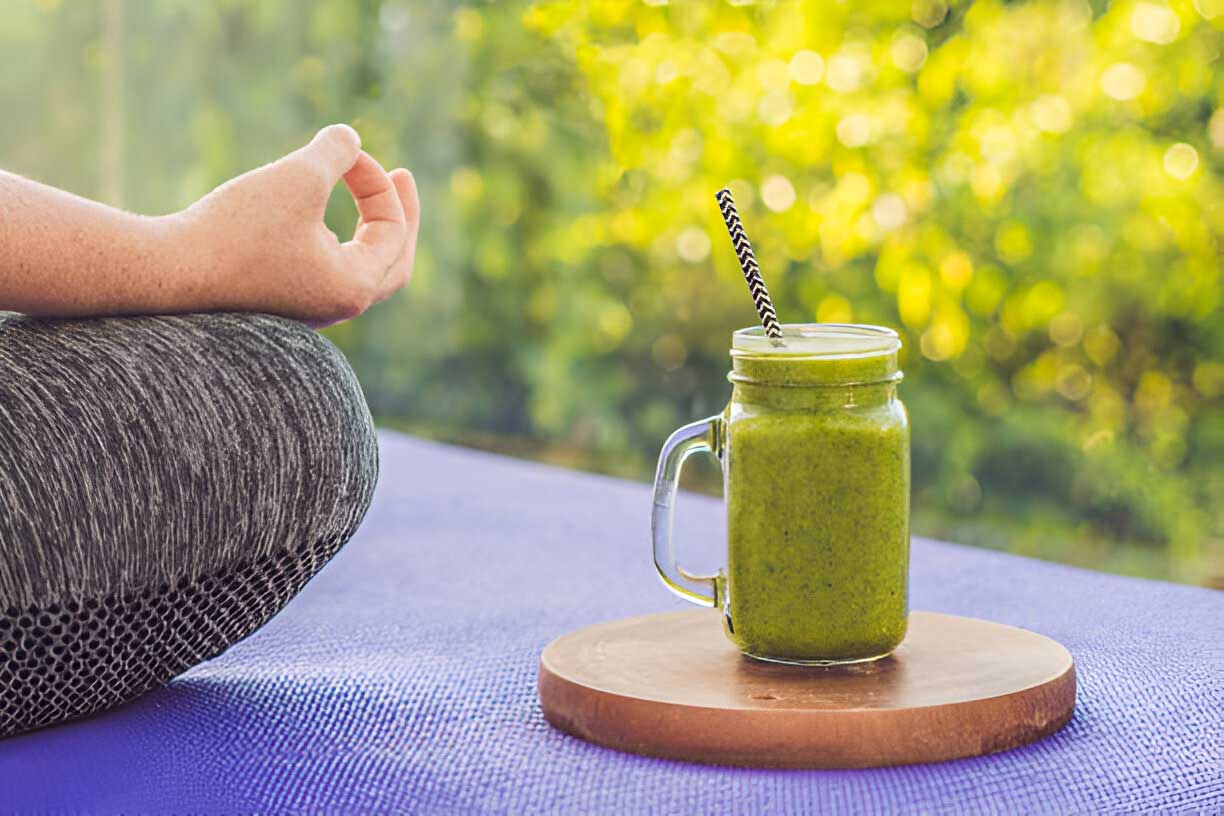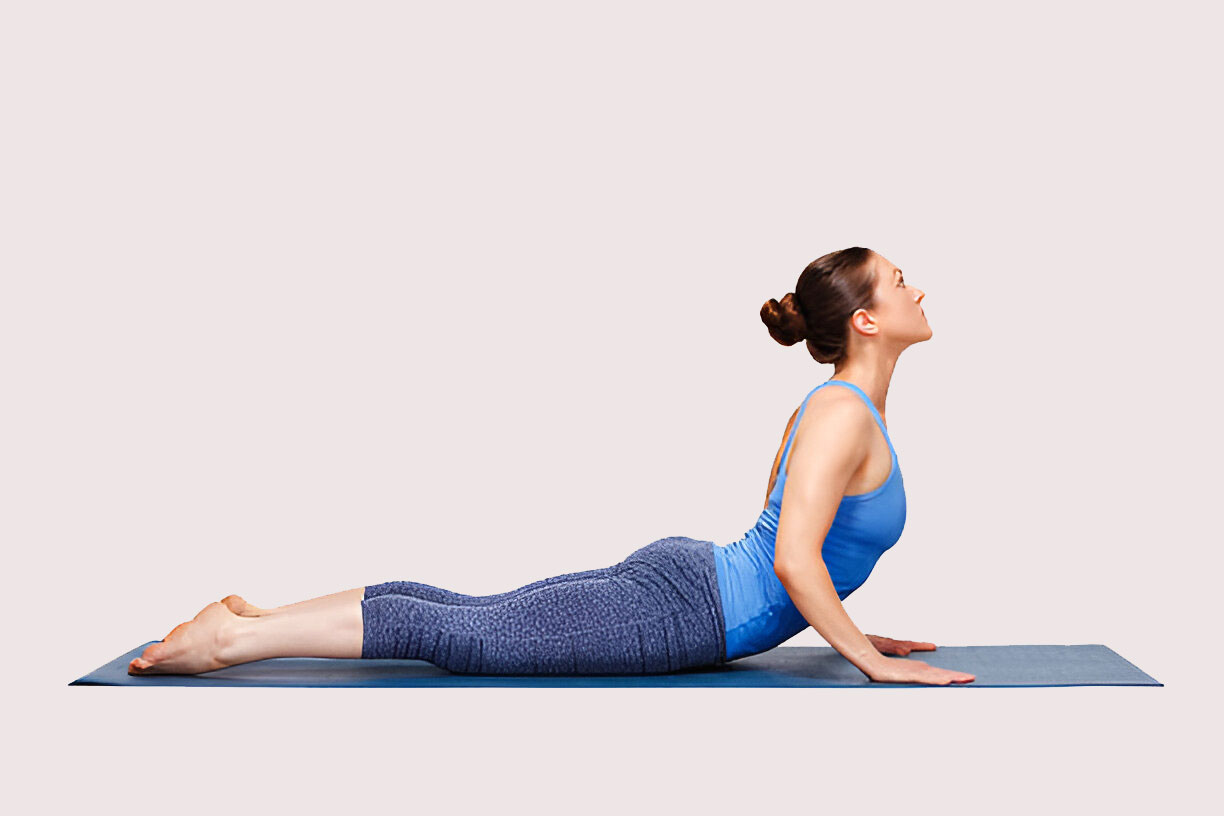How Does Yoga Help in Detoxifying the Body?
Detoxification is a natural process through which the body eliminates toxins and waste products. While the body is equipped with organs like the liver, kidneys, and lungs to manage detoxification, certain practices can enhance this process. Yoga, an ancient practice that combines physical postures, breath control, and meditation, is one such approach. By incorporating yoga into your daily routine, you can support your body’s natural detoxification processes, improve overall health, and enhance mental clarity. This article explores how yoga helps detoxify the body and offers possible treatment options to optimize your detox routine.
The Science Behind Detoxification
Before diving into how yoga supports detoxification, it’s essential to understand the science behind this process. Detoxification involves the conversion of toxins into less harmful substances, which are then eliminated through urine, sweat, and feces. The liver plays a central role in detoxification by breaking down toxins into water-soluble compounds. The kidneys filter blood, removing waste products and excess substances, while the lungs expel carbon dioxide and other gases.
Yoga aids detoxification by:
- Stimulating Circulation: Improved blood flow enhances the transport of nutrients and oxygen to cells and facilitates the removal of waste products.
- Promoting Lymphatic Drainage: The lymphatic system, which is crucial for immune function, relies on movement to transport lymph fluid. Yoga postures stimulate lymph flow, aiding in the removal of toxins.
- Enhancing Digestion: Yoga supports digestive health by massaging the internal organs, improving peristalsis, and reducing bloating and constipation.
- Reducing Stress: Chronic stress can impair detoxification. Yoga reduces stress by calming the nervous system, which supports detoxification.
Yoga Poses for Detoxification
Certain yoga poses, known as asanas, are particularly effective for detoxification. These poses target different areas of the body, including the digestive system, lymphatic system, and respiratory system. Here are some of the most effective yoga poses for detoxifying the body:
1. Twisting Poses (Ardha Matsyendrasana, Bharadvajasana)
Twisting poses are highly effective for detoxification. These poses compress and massage the abdominal organs, stimulating digestion and improving the elimination of waste.
How to Perform:
- Sit with your legs extended in front of you.
- Bend your right knee and place your foot outside your left thigh.
- Inhale and lengthen your spine, then exhale and twist your torso to the right.
- Hold this position for 30 seconds to 1 minute, then switch sides.
Benefits:
- Stimulates digestion and liver function
- Improves spinal mobility
- Enhances circulation to abdominal organs
2. Forward Folds (Uttanasana, Paschimottanasana)
Forward folds help calm the mind while improving digestion and circulation. These poses stimulate the liver and kidneys, aiding in detoxification.
How to Perform:
- Stand or sit with your legs extended.
- Inhale and lengthen your spine, then exhale and fold forward from your hips.
- Hold this position for 1-2 minutes, breathing deeply.
Benefits:
- Stimulates digestive organs
- Reduces stress and anxiety
- Promotes lymphatic drainage
3. Inversions (Sarvangasana, Viparita Karani)
Inversions, where the legs are elevated above the heart, are excellent for detoxification. These poses improve circulation, stimulate the lymphatic system, and promote relaxation.
How to Perform:
- Lie on your back with your legs extended.
- Lift your legs and hips, supporting your lower back with your hands (Sarvangasana) or rest your legs against a wall (Viparita Karani).
- Hold this position for 5-10 minutes, focusing on deep, steady breathing.
Benefits:
- Enhances lymphatic drainage
- Improves circulation
- Calms the nervous system
4. Backbends (Bhujangasana, Ustrasana)
Backbends are invigorating poses that open the chest and stimulate the lungs, liver, and kidneys. These poses increase energy levels and support detoxification.
How to Perform:
- Lie on your stomach with your hands under your shoulders (Bhujangasana) or kneel with your hands on your lower back (Ustrasana).
- Inhale and lift your chest, arching your back gently.
- Hold this position for 15-30 seconds, then release.
Benefits:
- Opens the chest and lungs
- Stimulates the kidneys and liver
- Increases energy and vitality
5. Pranayama (Breath Control)
Breath control, or pranayama, is an integral part of yoga that supports detoxification by increasing oxygen intake, reducing stress, and improving lung function.
How to Perform:
- Kapalabhati (Skull Shining Breath): Sit comfortably and take a deep breath. Exhale forcefully through your nose, pulling your navel in toward your spine. Continue this rapid exhalation for 30-60 seconds.
- Nadi Shodhana (Alternate Nostril Breathing): Sit comfortably and close your right nostril with your thumb. Inhale deeply through your left nostril, then close it with your ring finger. Exhale through your right nostril. Continue alternating nostrils for 5-10 minutes.
Benefits:
- Increases oxygen intake
- Reduces stress and anxiety
- Supports lung detoxification
The Role of Meditation in Detoxification
While physical poses and breath control are crucial, meditation plays a significant role in the detoxification process. Meditation helps to calm the mind, reduce stress, and promote mental clarity. When the mind is calm, the body can function more efficiently, including the detoxification systems. Regular meditation practice can reduce the production of stress hormones like cortisol, which can otherwise hinder detoxification.
Meditation Techniques for Detoxification:
- Mindfulness Meditation: Focus on your breath and observe your thoughts without judgment. Practice this for 10-15 minutes daily to reduce stress and support detoxification.
- Guided Imagery: Visualize toxins leaving your body with each exhalation. Imagine your body becoming lighter and more vibrant. This technique enhances the mind-body connection and supports detoxification.
Detoxifying Diet and Yoga
Yoga’s benefits for detoxification can be further enhanced by a detoxifying diet. Consuming whole foods, rich in antioxidants, fiber, and essential nutrients, supports the body’s natural detoxification processes. Pairing a detoxifying diet with yoga can optimize the body’s ability to eliminate toxins.
Foods to Include:
- Leafy Greens: Spinach, kale, and arugula are rich in chlorophyll, which helps detoxify the liver.
- Citrus Fruits: Lemons, oranges, and grapefruits are high in vitamin C, supporting liver detoxification.
- Cruciferous Vegetables: Broccoli, cauliflower, and Brussels sprouts contain sulfur compounds that enhance liver function.
- Turmeric: This spice has powerful anti-inflammatory properties and supports liver detoxification.
Foods to Avoid:
- Processed Foods: High in additives, preservatives, and unhealthy fats, which burden the liver.
- Sugary Foods: Excessive sugar intake can lead to insulin resistance and fatty liver disease.
- Alcohol: Overconsumption of alcohol taxes the liver and impairs detoxification.
- Caffeine: While moderate caffeine intake is acceptable, excessive consumption can stress the adrenal glands and liver.
Hydration and Detoxification
Adequate hydration is essential for detoxification. Water is necessary for flushing toxins out of the body through urine and sweat. Yoga can enhance the detoxification process by encouraging sweating, especially during vigorous practices like Vinyasa or Hot Yoga. However, it’s crucial to replenish fluids lost during yoga practice by drinking water before, during, and after your session.
Tips for Staying Hydrated:
- Drink Water Throughout the Day: Aim for at least 8-10 glasses of water daily.
- Include Hydrating Foods: Water-rich foods like cucumbers, watermelon, and oranges contribute to overall hydration.
- Herbal Teas: Herbal teas like dandelion root and green tea support liver detoxification and provide hydration.
The Role of Ayurveda in Detoxification
Ayurveda, the ancient Indian system of medicine, emphasizes the importance of detoxification, or “panchakarma,” in maintaining health and well-being. Yoga and Ayurveda are closely linked, and integrating Ayurvedic principles into your yoga practice can enhance detoxification.
Ayurvedic Practices for Detoxification:
- Abhyanga (Oil Massage): A daily self-massage with warm oil helps stimulate circulation, nourish the skin, and support lymphatic drainage.
- Tongue Scraping: Using a tongue scraper every morning removes toxins that accumulate on the tongue overnight, preventing reabsorption into the body.
- Triphala: This Ayurvedic herbal blend supports digestion and detoxification by gently cleansing the colon.
Possible Treatment Options for Enhanced Detoxification
While yoga provides a holistic approach to detoxification, additional treatments can further support the body’s detoxification processes. These treatments can be incorporated into a comprehensive wellness routine.
1. Sauna Therapy
Sauna therapy promotes detoxification by inducing sweating, which helps eliminate toxins through the skin. Infrared saunas are particularly effective, as they penetrate deeper into the tissues, enhancing the detoxification process.
Benefits:
- Supports skin detoxification
- Promotes relaxation and stress reduction
- Enhances circulation and lymphatic drainage
2. Lymphatic Drainage Massage
Lymphatic drainage massage is a specialized technique that stimulates the lymphatic system, promoting the removal of toxins and waste products. This treatment can be especially beneficial for individuals with sluggish lymphatic systems.
Benefits:
- Improves lymphatic circulation
- Reduces swelling and water retention
- Enhances immune function
3. Colon Hydrotherapy
Colon hydrotherapy involves the gentle infusion of water into the colon to remove waste and toxins. This treatment supports digestive health and can be an effective way to enhance detoxification, especially when combined with a detoxifying diet and yoga.
Benefits:
- Cleanses the colon of waste and toxins
- Supports digestive health
- Reduces bloating and discomfort
4. Detoxifying Supplements
Certain supplements can support the body’s detoxification processes. These supplements typically contain herbs, antioxidants, and nutrients that enhance liver function, support digestion, and promote overall detoxification.
Common Detoxifying Supplements:
- Milk Thistle: Supports liver health and detoxification.
- Dandelion Root: Promotes bile production and liver detoxification.
- Activated Charcoal: Binds to toxins in the digestive tract, preventing their absorption.
Consult a healthcare provider before starting any supplement regimen.
Incorporating Yoga into a Detoxification Routine
To maximize the benefits of yoga for detoxification, it’s important to incorporate it into a well-rounded wellness routine. This routine should include regular yoga practice, a detoxifying diet, adequate hydration, and possibly additional treatments like sauna therapy or lymphatic drainage massage.
Sample Daily Detox Routine:
- Morning:
- Start with a glass of warm lemon water to stimulate digestion.
- Practice a gentle yoga routine, focusing on twisting poses and pranayama.
- Eat a light, detoxifying breakfast such as a green smoothie or oatmeal with fresh fruit.
- Afternoon:
- Incorporate light physical activity, such as walking or swimming, to keep the lymphatic system active.
- Enjoy a lunch rich in leafy greens, cruciferous vegetables, and lean protein.
- Stay hydrated by drinking water or herbal teas.
- Evening:
- Practice a restorative yoga routine, focusing on forward folds, inversions, and meditation.
- Enjoy a light dinner, avoiding heavy, processed foods.
- Consider taking a detoxifying supplement, if recommended by a healthcare provider.
- Bedtime:
- Perform a short meditation or mindfulness practice to reduce stress.
- Get adequate sleep, as the body detoxifies most effectively during rest.
Conclusion
Yoga is a powerful tool for detoxifying the body, offering a holistic approach that enhances physical, mental, and emotional well-being. Through specific poses, breath control, and meditation, yoga supports the body’s natural detoxification processes, promoting better circulation, lymphatic drainage, and stress reduction. When combined with a detoxifying diet, proper hydration, and additional treatments like sauna therapy or lymphatic drainage massage, yoga can play a central role in maintaining optimal health.
Whether you’re looking to cleanse your body, improve your overall health, or reduce stress, incorporating yoga into your daily routine can provide lasting benefits. With consistent practice and a mindful approach, you can unlock the full potential of yoga as a detoxification tool and achieve a healthier, more balanced life.






